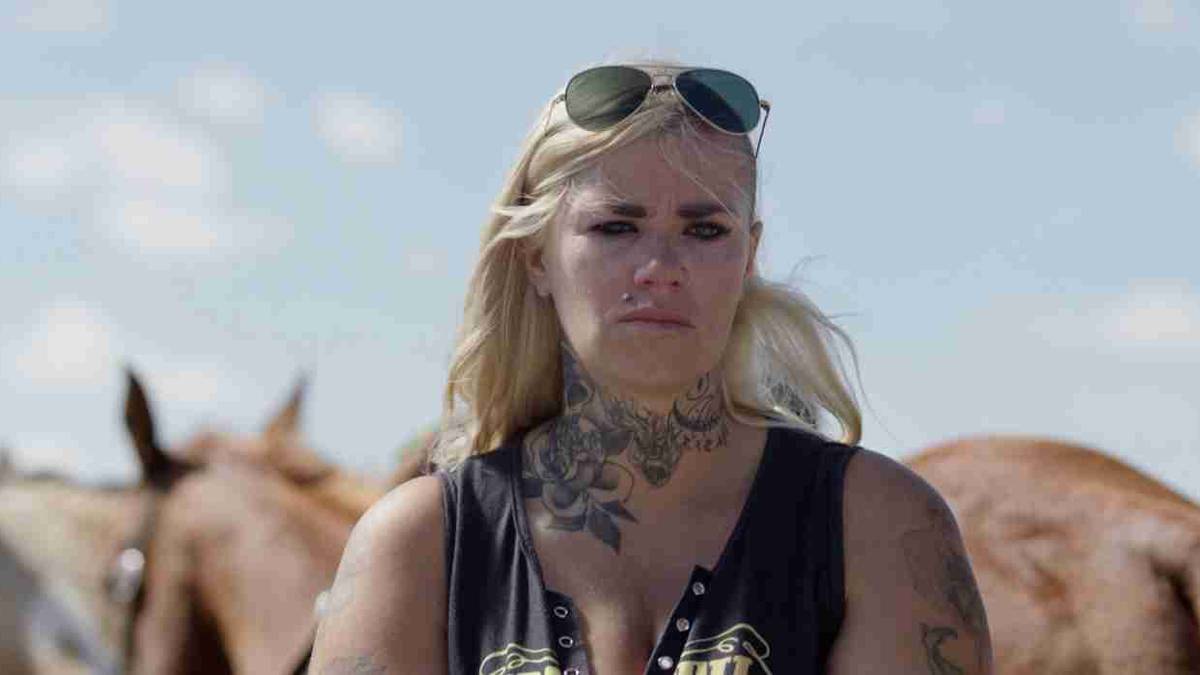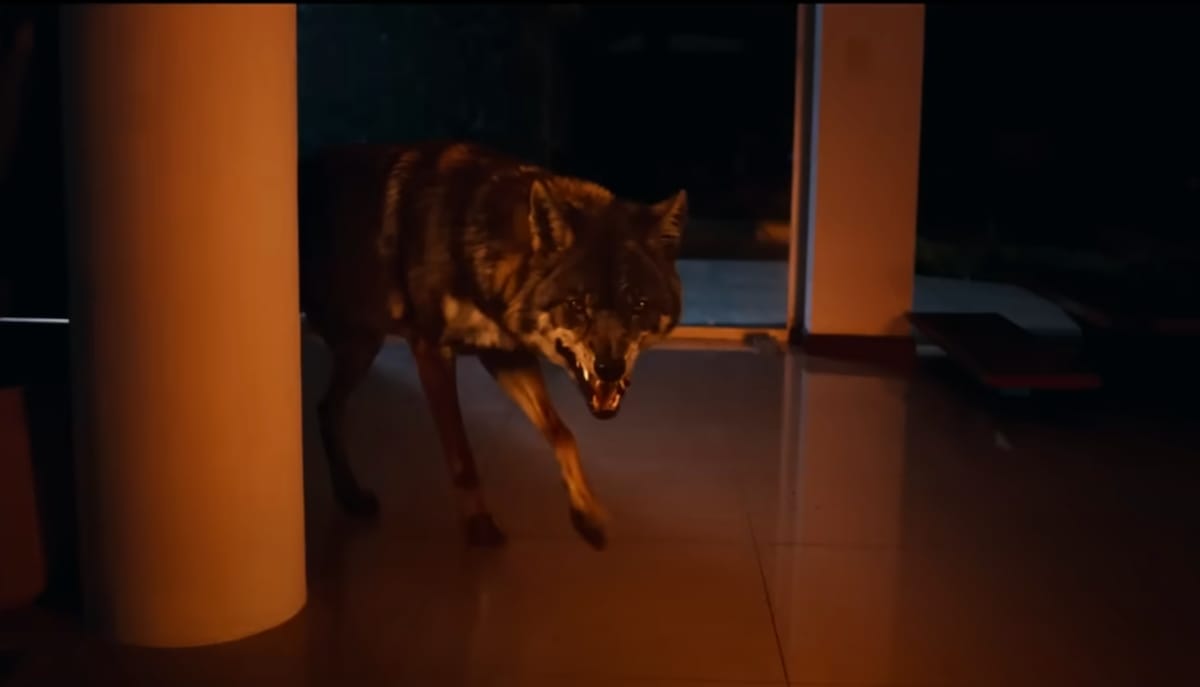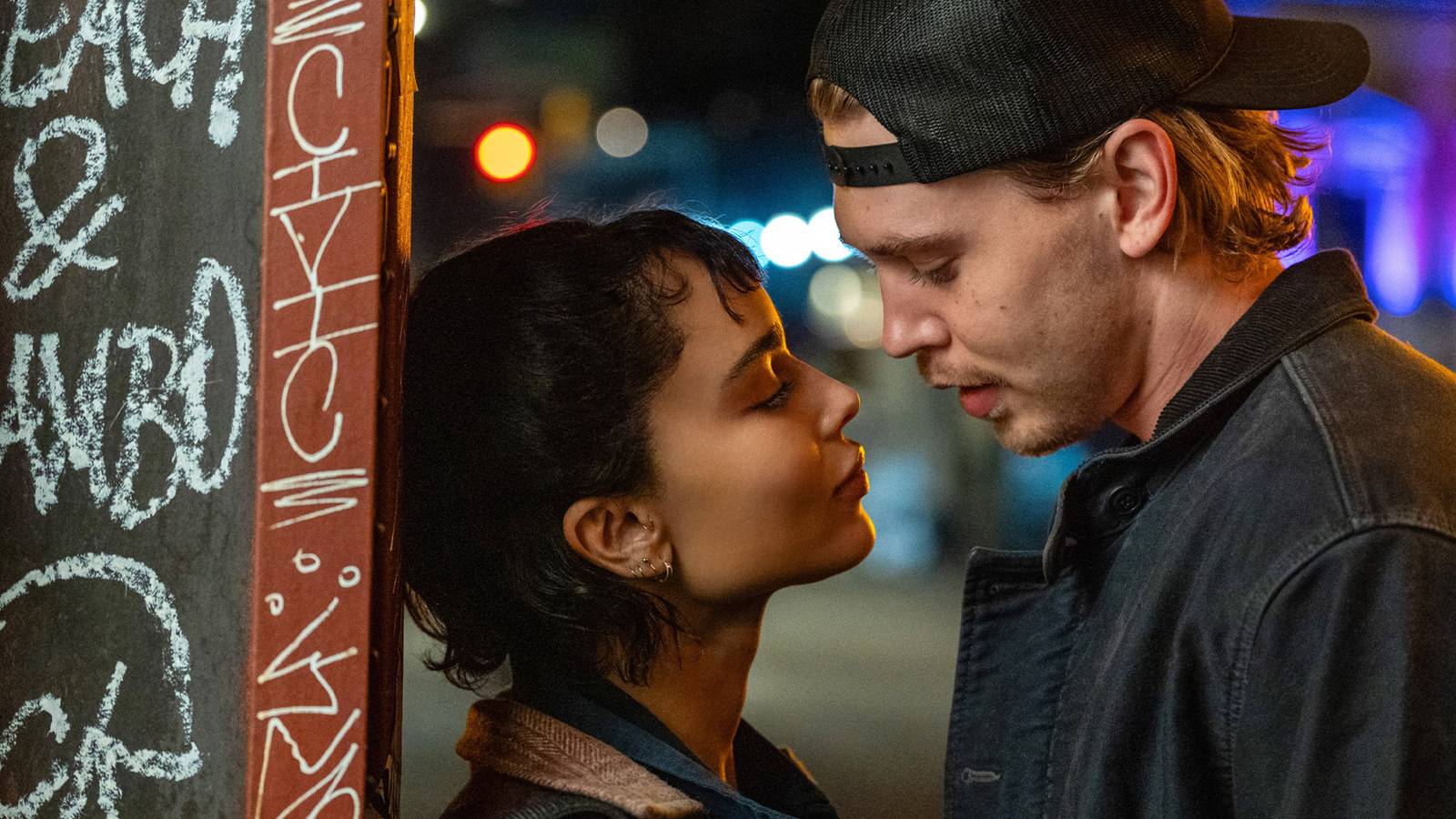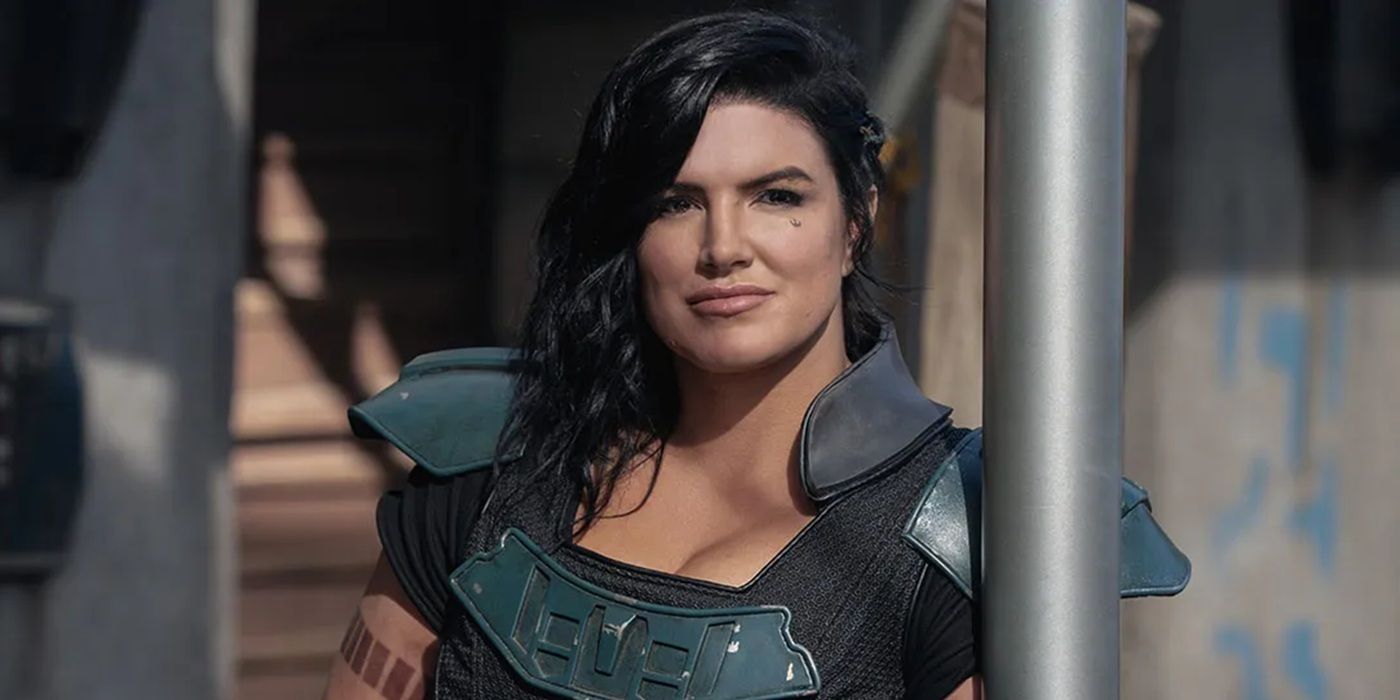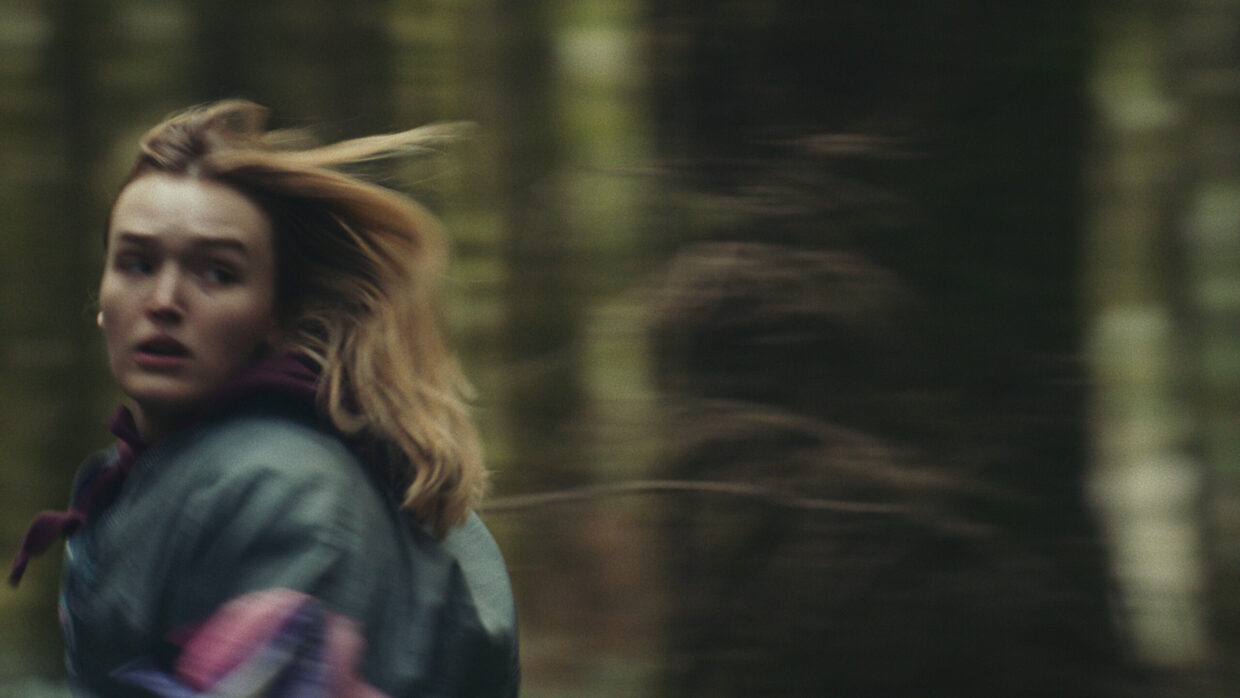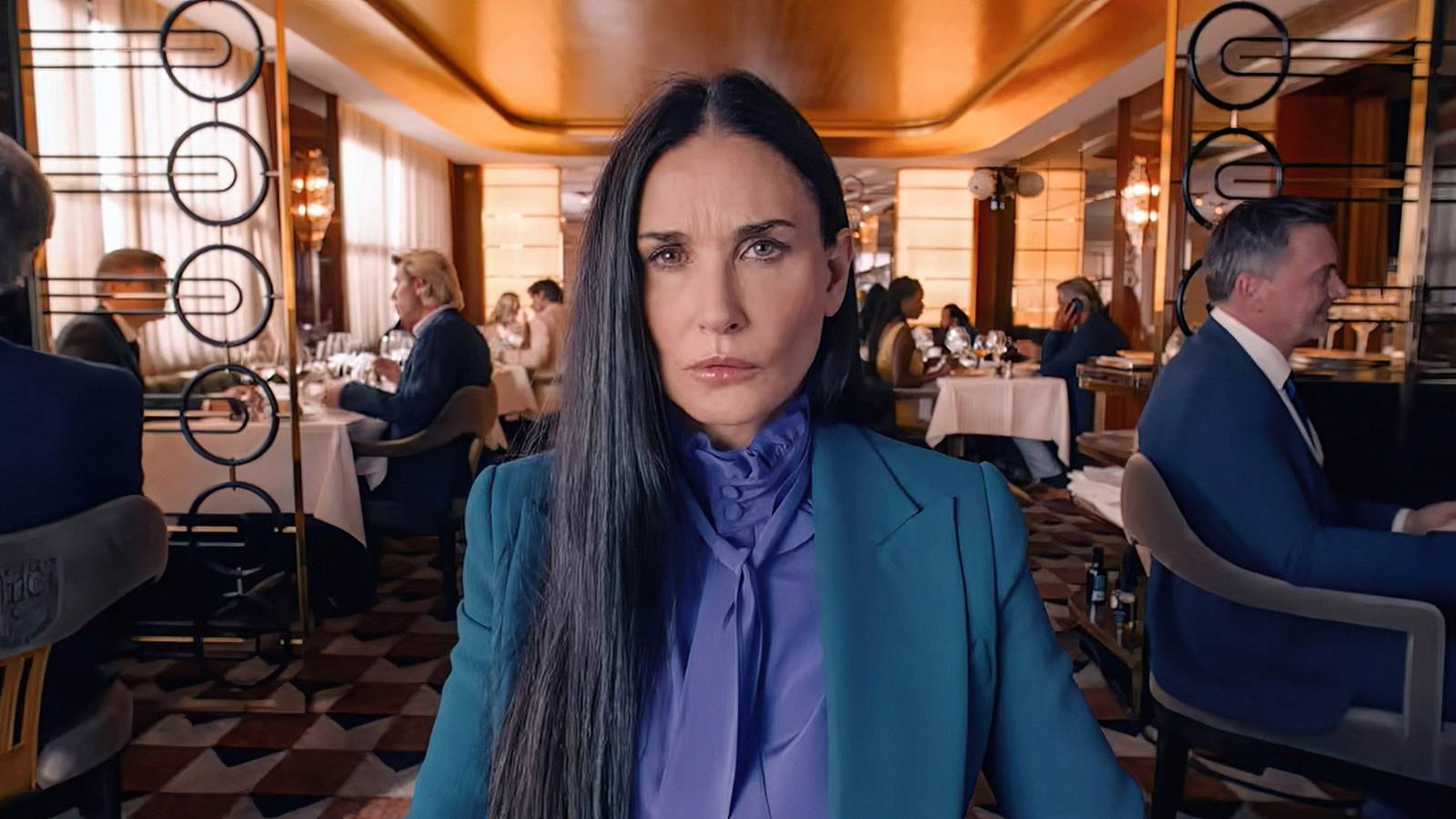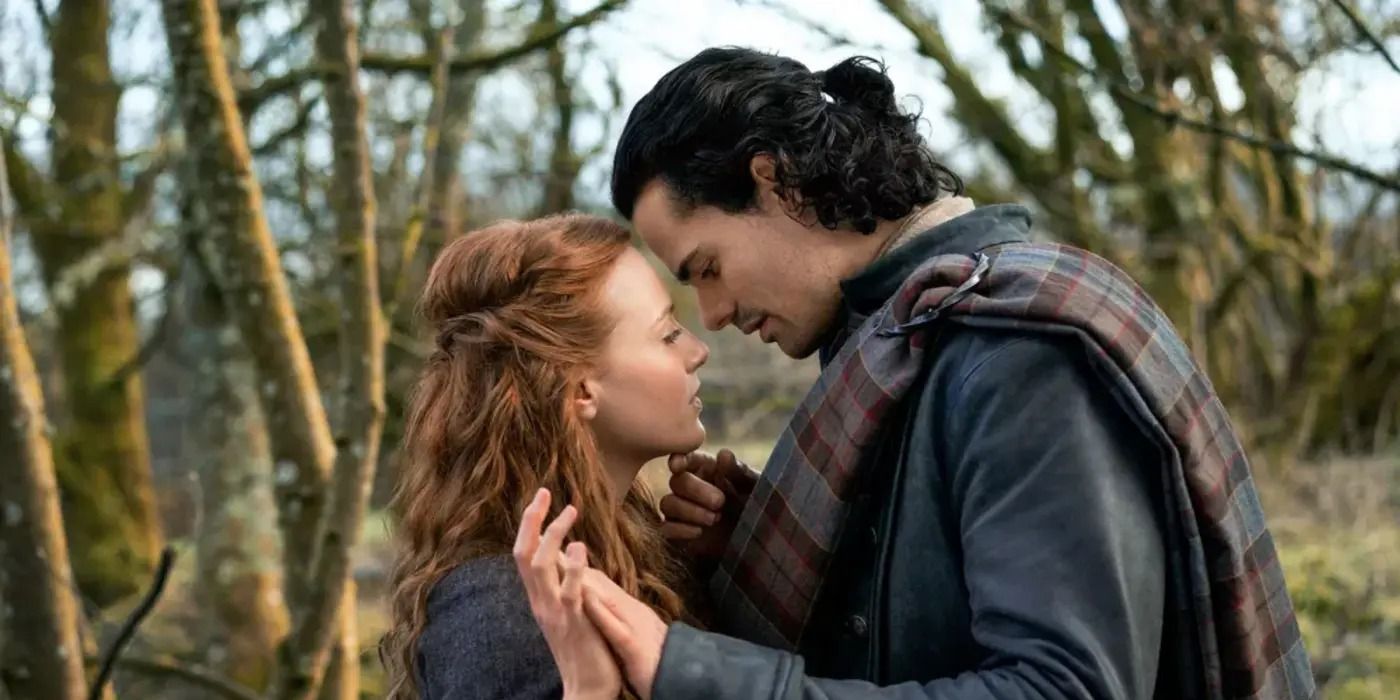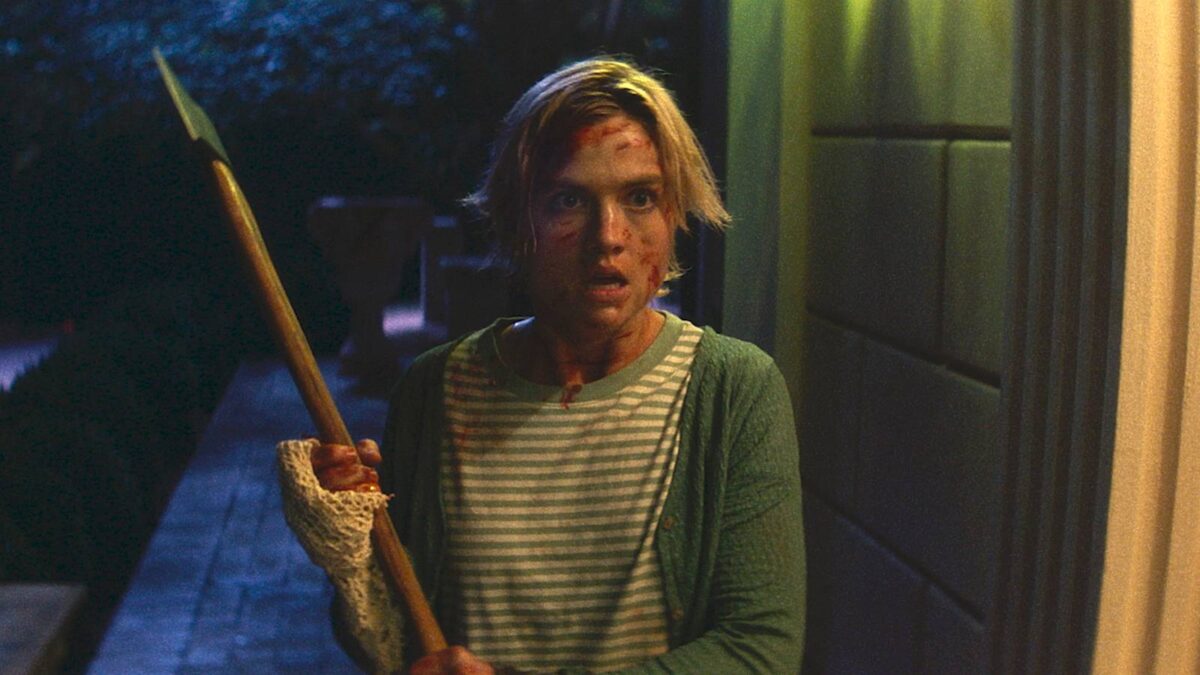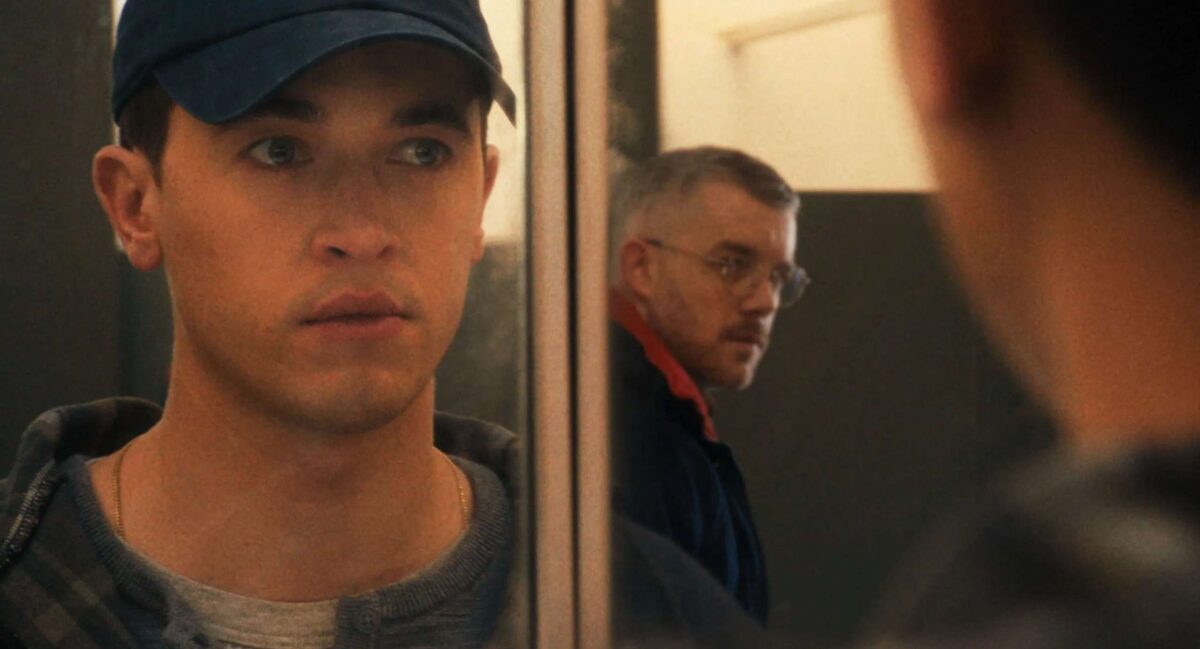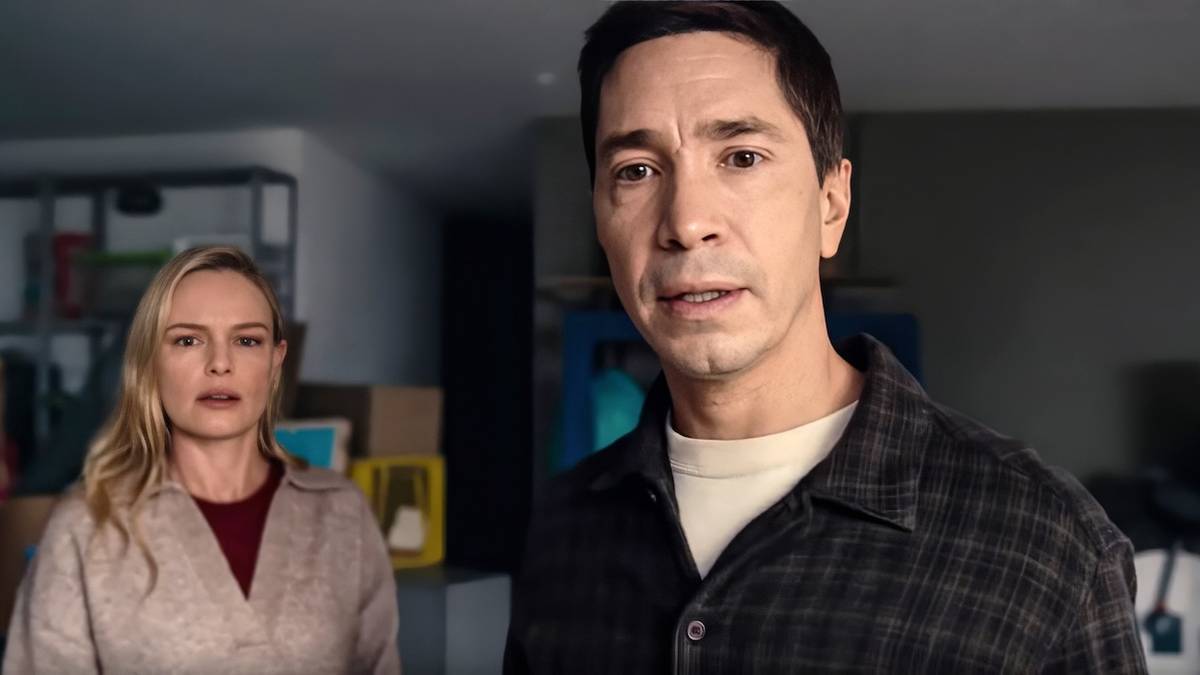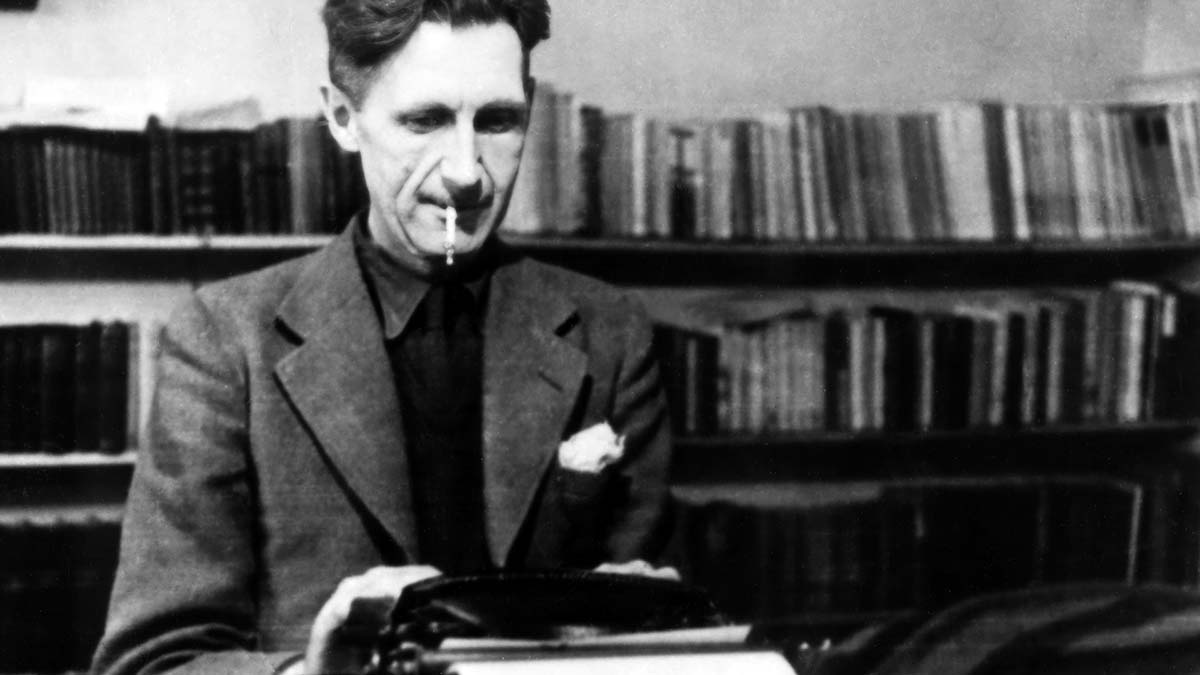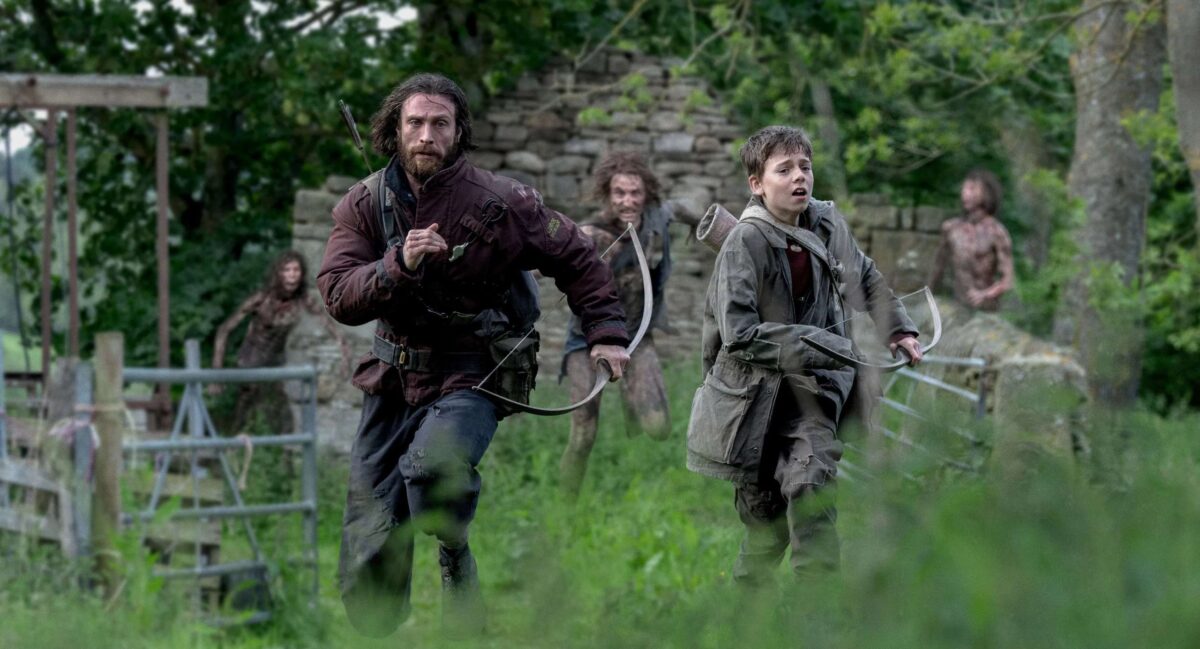
A Miserable Journey in the Apocalypse
Jun 27, 2025
Danny Boyle’s long-awaited return to the 28 Days Later universe with 28 Years Later comes packed with the pedigree of a dream reunion: Boyle directing, Alex Garland scripting, and Anthony Dod Mantle once again capturing the grim splendor of a post-Rage Britain. With Cillian Murphy serving as executive producer and a strong cast including Jodie Comer, Aaron Taylor-Johnson, Ralph Fiennes, and Alfie Williams, the stage is set for a searing and revitalized horror epic. Instead, what unfolds is a film that is both overwrought and underwhelming — a movie that gestures toward profundity while largely losing the primal terror and urgency that once defined the franchise.
A Story That Falls Short:
The story takes place nearly three decades after the second outbreak, centering on a small group of survivors living on Lindisfarne, a tidal island off the British coast. There’s a mythic, almost biblical tone to the worldbuilding, and that religious underpinning is one of the film’s boldest swings. Ralph Fiennes plays a hermitic figure whose philosophical leanings and bone temple (yes, really) symbolize a new age of spiritual reckoning in the wasteland. The film opens with a decent prologue set in the early days of the virus, and while it is stylistically reminiscent of the original’s haunting opening sequences, it soon becomes clear that the magic — or more accurately, the terror — is waning.
Visual Elegance Over Narrative Momentum:
Dod Mantle’s cinematography remains one of the film’s greatest strengths, mixing sickly twilight hues with bursts of infernal red that capture the decayed majesty of a country left behind. The film makes excellent use of its landscapes — the Northumbrian coasts, crumbling stone churches, and fog-drenched ruins — which add gravitas even when the plot meanders. Boyle still has a talent for kinetic horror, with the infected portrayed as primal, chaotic forces. There are moments of genuine dread, particularly in a few set pieces where the infected burst forth with the same terrifying ferocity that once helped redefine zombie cinema.
Yet those moments are fewer and farther between. The film frequently sacrifices pace for ponderousness. Garland’s screenplay is more thematically ambitious than ever before — tackling illness, generational trauma, spiritual belief, and the ethics of survival — but these ideas are often explored through clunky monologues or half-baked allegory. The film’s attempt to build a mythos around “Alpha” infected strains, mutated with higher intelligence, feels more like a franchise pivot than a natural extension of the story. Instead of enhancing the horror, it dilutes it. The Rage Virus worked best when it was unknowable and animalistic. Giving it structure — even a hierarchy — undermines what made it so viscerally frightening to begin with.
Strong Performances Lost in a Weak Script:
Performance-wise, the cast does their best with what they’re given. Alfie Williams, as young Spike, anchors much of the narrative with a mixture of vulnerability and grit, and his arc is at least emotionally consistent. Jodie Comer is effective in a subdued, tragic role, though she’s given little room to stretch. Aaron Taylor-Johnson’s character feels underwritten, and his presence, though physically commanding, adds little beyond exposition. Ralph Fiennes, meanwhile, gives a committed but somewhat baffling performance. His character, Dr. Kelson, is introduced as a sinister enigma, but the film ultimately muddles whether he’s meant to be a prophet, a lunatic, or something in between. His storyline — involving ritualized bone temples and acts of mercy — is high on symbolic value but low on emotional resonance.
Another issue lies in the film’s structure. The film drifts through tones — survival thriller, religious allegory, family melodrama — without ever fully landing on one. The pacing is inconsistent, particularly in the middle stretch, where long sequences are devoted to Spike’s internal conflict and encounters with eccentric figures. These moments, while occasionally haunting, lack narrative propulsion. For a film that belongs to a franchise defined by its breathless urgency, this entry often feels oddly listless.
It Doesn’t Know What It Wants To Be:
The score, composed by Young Fathers, tries valiantly to tie everything together with swelling, mournful motifs. And while the music certainly captures a tone of faded humanity, it sometimes overstates the film’s intended gravitas. That’s emblematic of the movie as a whole: it wants to be a haunting philosophical epilogue to the series, but too often falls into self-seriousness. The quieter, character-driven moments are not compelling enough to justify the lack of sustained tension or originality in the horror beats.
And herein lies the core problem: 28 Years Later is a movie unsure of its identity. It’s not frightening enough to stand as pure horror, not sharp enough in its commentary to be great dystopian fiction, and not emotionally cohesive enough to work as a character study. It evokes grand, final-chapter energy, but doesn’t stick the landing. Boyle and Garland clearly aimed to expand the mythology and bring a sense of poetic finality to the trilogy. But what they’ve created feels more like a reflective echo of better films — reverent of the past but incapable of matching it.
Overall:
That’s not to say the film is without merit. Its ambitions are evident, and there’s a certain melancholic beauty in its depiction of a world broken beyond repair. It flirts with thematic territory that few post-apocalyptic films dare to engage with so openly. But in choosing ambiguity and symbolism over tension and storytelling clarity, it loses much of what made the original 28 Days Later a genre-defining masterpiece.
Ultimately, 28 Years Later is a film that seems more invested in its legacy than its audience. For longtime fans of the franchise, it may offer fleeting moments of nostalgia and closure. But for anyone expecting a gripping continuation or reinvention of the series, this installment falls frustratingly flat. What could have been a triumphant return instead feels like an elegy weighed down by its own gravitas. And to top it all off, it has one of the worst endings I’ve seen in a movie in a very long time. Seriously, it had me with my jaw dropped in the theatre at how appallingly bad it was. Here’s hoping The Bone Temple is better, but at this point, my hopes are as low as they could possibly be.
28 Years Later Review: A Miserable Journey in the Apocalypse
Acting – 7/10
Cinematography/Visual Effects – 7/10
Plot/Screenplay – 4/10
Setting/Theme – 4/10
Watchability – 3/10
Rewatchability – 2/10
User Review
2
(1 vote)
Summary
Ultimately, 28 Years Later is a film that seems more invested in its legacy than its audience. For longtime fans of the franchise, it may offer fleeting moments of nostalgia and closure. But for anyone expecting a gripping continuation or reinvention of the series, this installment falls frustratingly flat. What could have been a triumphant return instead feels like an elegy weighed down by its own gravitas. And to top it all off, it has one of the worst endings I’ve seen in a movie in a very long time. Seriously, it had me with my jaw dropped in the theatre at how appallingly bad it was. Here’s hoping The Bone Temple is better, but at this point, my hopes are as low as they could possibly be.
Pros
Anthony Dod Mantle’s return delivers a visually rich and haunting atmosphere, with memorable use of light, color, and desolate British landscapes
Danny Boyle still shows flashes of brilliance in individual set pieces and sequences of kinetic terror
Ralph Fiennes, Alfie Williams, and Jodie Comer give committed performances, even when the script limits them
Cons
The film lags in its middle section, with too many meandering scenes that dilute urgency and tension
Garland’s script often collapses under the weight of its symbolism and philosophical ambition, leaving core horror elements underdeveloped
Attempts to add structure (like “Alpha” infected) diminish the primal chaos that made the original terrifying
The film shifts between horror, drama, and spiritual allegory without cohesive balance, making it feel disjointed
.review-total-box {
display: block;
}
.wp-review-1003912.review-wrapper .user-review-area .review-percentage,
.wp-review-1003912.review-wrapper .user-review-area .review-point {
width: 20%;
float: right;
margin-top: 5px;
}
.wp-review-1003912.review-wrapper.wp-review-circle-type .review-total-wrapper .review-circle.review-total {
margin: auto 0;
padding-top: 15px;
width: auto;
height: 100%;
clear: both;
}
.wp-review-1003912.review-wrapper.wp-review-circle-type .review-total-wrapper > .review-total-box {
display: block;
}
.wp-review-1003912.review-wrapper.wp-review-circle-type .review-total-wrapper > .review-total-box > div { display: none; }
.wp-review-1003912.review-wrapper .review-total-wrapper .review-total-box h5 {
color: inherit;
}
.wp-review-1003912 .review-embed-code { padding: 7px 30px 15px; }
.wp-review-1003912 .review-embed-code #wp_review_embed_code { background: rgba(255, 255, 255, 0.5) }
.wp-review-1003912 .wpr-rating-accept-btn {
background: #e57e34;
background: linear-gradient(to top, #e57e34, #f08436);
color: #000000;
margin: 10px 30px 12px;
width: -moz-calc(100% – 60px);
width: -webkit-calc(100% – 60px);
width: -o-calc(100% – 60px);
width: calc(100% – 60px);
border-radius: 50px;
}
@media screen and (max-width:600px) {
.wp-review-1003912.wp-review-point-type .review-list li .review-point,
.wp-review-1003912.wp-review-percentage-type .review-list li .review-percentage {
width: 40%;
}
.wp-review-1003912.wp-review-point-type .review-list li .wp-review-user-rating .review-point,
.wp-review-1003912.wp-review-percentage-type .review-list li .wp-review-user-rating .review-percentage {
width: 100%;
}
.wp-review-1003912.wp-review-point-type .wpr-user-features-rating .review-list li span,
.wp-review-1003912.wp-review-percentage-type .wpr-user-features-rating .review-list li span {
float: left;
line-height: 1.4;
font-size: 14px;
}
.wp-review-1003912.review-wrapper .review-pros-cons .review-pros {
padding: 15px 30px;
}
.wp-review-1003912.review-wrapper .review-pros-cons .review-cons {
padding: 15px 30px;
padding-top: 0;
}
.wp-review-1003912.review-wrapper .user-total-wrapper {
max-width: 100%;
float: left;
}
.wp-review-1003912.review-wrapper.wp-review-circle-type .user-total-wrapper { max-width: 70%; }
.wp-review-1003912.review-wrapper .user-total-wrapper h5,
.wp-review-1003912.review-wrapper .user-total-wrapper .user-review-title { font-size: 14px; }
.wp-review-1003912.review-wrapper .user-review-area .review-percentage,
.wp-review-1003912.review-wrapper .user-review-area .review-point {
width: 50.5%;
}
.wp-review-1003912.review-wrapper .review-links { padding: 15px 30px 5px; }
}
@media screen and (max-width: 480px) {
.wp-review-1003912.review-wrapper .reviewed-item,
.wp-review-1003912.review-wrapper .review-desc { padding: 15px; }
.wp-review-1003912 .review-list li,
.wp-review-1003912.wp-review-point-type .review-list li,
.wp-review-1003912.wp-review-percentage-type .review-list li,
.wp-review-1003912.review-wrapper .wpr-user-features-rating .user-review-title,
.wp-review-1003912.review-wrapper .user-review-area,
.wp-review-1003912.review-wrapper .review-pros-cons .review-pros,
.wp-review-1003912.review-wrapper .review-pros-cons .review-cons,
.wp-review-1003912.review-wrapper .review-links,
.wp-review-1003912.review-wrapper .review-embed-code { padding: 12px 15px; }
}
]]>
Acting
Cinematography/Visual Effects
Plot/Screenplay
Setting/Theme
Watchability
Rewatchability
Summary: Danny Boyle’s long-awaited return to the 28 Days Later universe with 28 Years Later comes packed with the pedigree of a dream reunion: Boyle directing, Alex Garland scripting, and Anthony Dod Mantle once again capturing the grim splendor of a post-Rage Britain. With Cillian Murphy serving as executive producer and a strong cast including Jodie Comer, Aaron Taylor-Johnson, Ralph Fiennes, and Alfie Williams, the stage is set for a searing and revitalized horror epic. Instead, what unfolds is a film that is both overwrought and underwhelming — a movie that gestures toward profundity while largely losing the primal terror and urgency that once defined the franchise.
2.2
Frustratingly Hollow
Publisher: Source link
Erotic Horror Is Long On Innuendo, Short On Climax As It Fails To Deliver On A Promising Premise
Picture this: you splurge on a stunning estate on AirBnB for a romantic weekend with your long-time partner, only for another couple to show up having done the same, on a different app. With the hosts not responding to messages…
Oct 8, 2025
Desire, Duty, and Deception Collide
Carmen Emmi’s Plainclothes is an evocative, bruising romantic thriller that takes place in the shadowy underbelly of 1990s New York, where personal identity collides with institutional control. More than just a story about police work, the film is a taut…
Oct 8, 2025
Real-Life Couple Justin Long and Kate Bosworth Have Tons of Fun in a Creature Feature That Plays It Too Safe
In 2022, Justin Long and Kate Bosworth teamed up for the horror comedy House of Darkness. A year later, the actors got married and are now parents, so it's fun to see them working together again for another outing in…
Oct 6, 2025
Raoul Peck’s Everything Bagel Documentary Puts Too Much In the Author’s Mouth [TIFF]
Everyone has their own George Orwell and tends to think everyone else gets him wrong. As such, making a sprawling quasi-biographical documentary like “Orwell: 2+2=5” is a brave effort bound to exasperate people across the political spectrum. Even so, Raoul…
Oct 6, 2025

